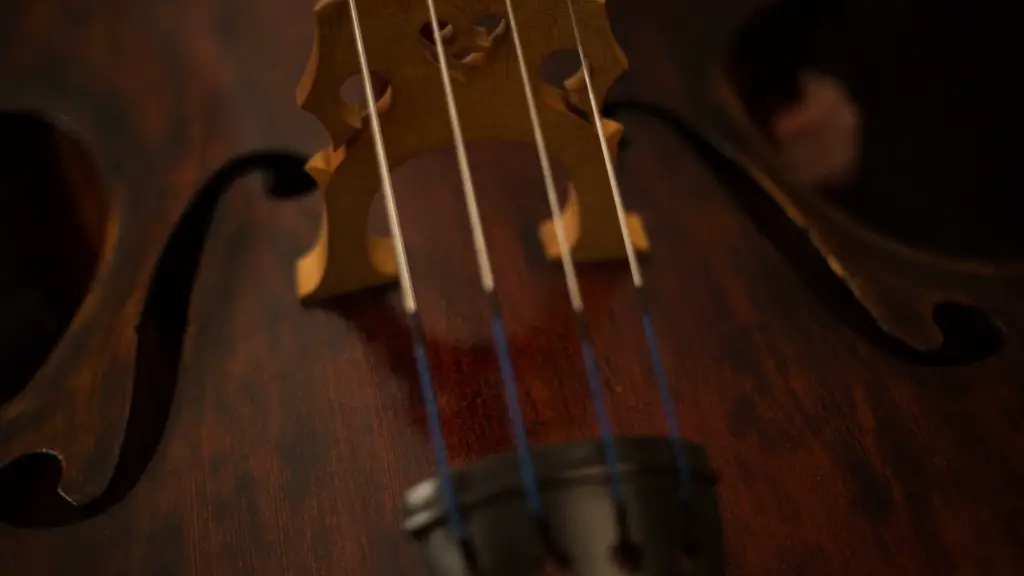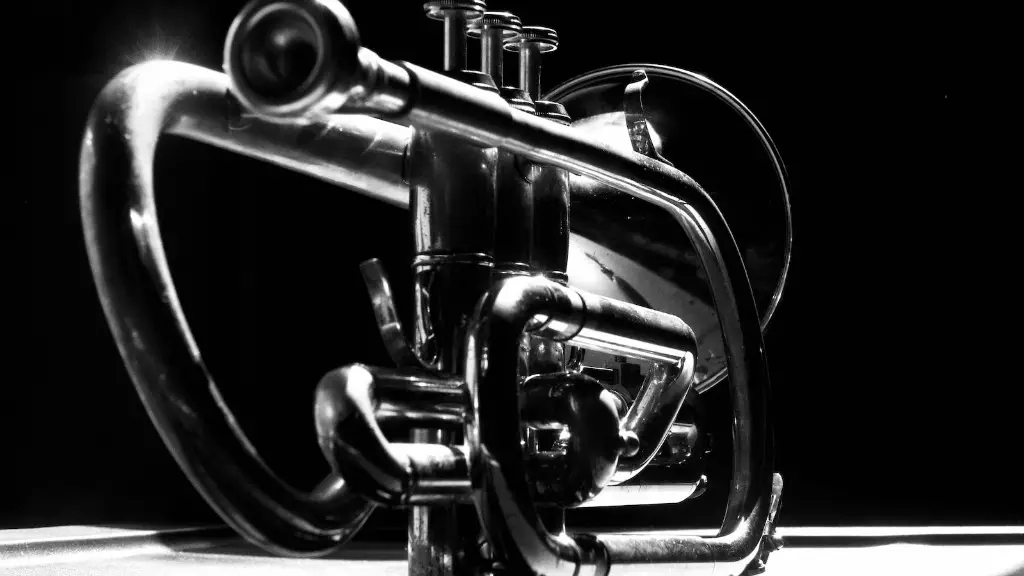Stringing a guitar electric is an important part of maintaining and optimizing the sound of your instrument. Doing it correctly will make sure that your guitar stays in tune, sounds great and is comfortable to play.
In this guide, we’ll walk you through the steps on how to string a guitar electric. We’ll cover what supplies are needed, how to properly thread the strings and how to adjust the bridge for best performance. With these tips and tricks, you’ll have your electric guitar sounding like new in no time!
Preparing the Guitar for Strings
Changing your guitar strings is an important part of maintaining a good sounding instrument. Whether you are restringing an electric guitar or acoustic, the process is relatively straightforward. The main difference between the two is in how you thread the strings through the bridge and tailpiece. Here we’ll go through the steps of changing strings on an electric guitar.
Begin by loosening the old strings until they are slack enough to remove them from their tuning pegs. Once all of the strings have been removed, use a soft cloth to wipe down all of the surfaces on your guitar including fretboard, bridge, and pickups. This will help remove any dirt and grime that has built up over time.
Next, take one of your new strings and thread it through the appropriate hole on your bridge and then up through its corresponding tuning peg. Tighten it slightly so that it won’t slip out while you’re installing the remaining strings. Make sure to wind each string in a clockwise direction around its tuning peg as this will help keep it in tune for longer periods of time.
Once all of the strings have been installed, you can begin to tune them with a digital tuner or even by ear if you’re familiar with notes and intervals. When you are finished, give each string a slight pull to make sure they won’t slip out easily when playing. That’s it! Your guitar is now ready for playing!
Attaching the Bridge and Nut
Stringing an electric guitar is a straightforward process that only requires a few tools. The first step is attaching the bridge and nut. Take the strings, beginning with the thickest, and feed them through the bridge from the tailpiece side to the headstock side. After that, position the nut in front of the headstock and secure it with screws. Make sure it is properly aligned so that it holds all of your strings in place.
Next, make sure each string has its own slot in the nut. It is important to keep them separate from each other to reduce friction when you start tuning. Finally, use a pair of pliers to secure each string by wrapping it around its corresponding tuning peg on the headstock. It’s important to tighten enough so that they won’t slip out, but not too tight so as to avoid any damage. And that’s it – you have now successfully attached your bridge and nut!
Threading the Strings Through the Bridge
Stringing an electric guitar can be intimidating to new players, but with a few simple steps it’s a breeze. Start by loosening the strings and removing them from the guitar. Slide each string through the hole in the bridge plate and pull it through about two inches. Thread the ball end of each string into its respective tuning peg, and wind each one up in a clockwise direction until it is tight. Once all strings are in place, stretch them out to ensure that they’re taut and secure. Finally, tune your guitar to pitch and you’re ready to play!
Remember that a little patience goes a long way when stringing an electric guitar- don’t rush it or you may cause damage. With practice, you’ll soon be able to easily string your own electric guitar like a pro.
Attaching the Strings at the Tuning Pegs
Stringing your electric guitar is a vital part of the playing experience. All you need is the right strings, a few basic tools, and you’re ready to get started. First, start by loosening all of the tuning pegs. Next, insert one end of each string into the hole at the back of each peg. Make sure to leave enough slack in each string so that it can be wound around the peg several times. Once all of the strings are in place, use your tuning tool to tighten them up until they reach their proper tension. Finally, you can start playing!
It’s important to remember that each type of guitar requires a different gauge of strings, so make sure you have the correct ones for your instrument. Additionally, it’s essential that you keep your strings clean and dry since dirt and moisture can cause them to break more easily over time. With regular maintenance and care, your electric guitar will stay in tune and sound great for years to come!
Tensioning and Tuning the Strings
Tensioning and tuning the strings of your electric guitar is essential to producing a good sound. It’s not as difficult as it may seem at first. The first step is to loosen all of the strings until they are completely slack. Then, take one string at a time, hold down the string at the fifth fret, and turn the tuning key until the pitch matches that of the note produced by plucking the string while it is being held down at the fifth fret. Once each string has been tuned, you can then adjust their tension using the tuning keys. Adjusting tension too high can damage your guitar, so be sure to turn only a little bit at a time until you reach your desired sound.
When adjusting tension and tuning strings on an electric guitar, it’s important to use caution and patience for best results. If done correctly, you will be rewarded with beautiful sounding chords and notes!
Trimming Excess Length of Strings on Electric Guitar
Electric guitars require a certain length of strings to be properly tuned and played. If a string is too short, it will be difficult to play certain chords or notes. On the other hand, if a string is too long, it won’t stay in tune properly and will be prone to going out of tune during playing. To ensure optimal playing and tuning, excess length from the strings must be trimmed correctly.
To trim off the excess length of your electric guitar strings, use a pair of wire cutters or small pliers. Make sure the cutters are clean and sharp to prevent any damage to the string’s winding. It’s important to make sure that the end of the string is flush with the tuning post after trimming as any excess left can cause buzzing when playing.
Once you have trimmed off all the excess length from your electric guitar strings, you can then proceed with tuning them properly. Make sure that you do not over-tighten the strings as this can cause damage and breakage! With correct trimming and tuning, your electric guitar will be ready for playing in no time!
The End
Stringing a guitar is an important part of playing and maintaining the instrument. Although it can be a daunting task, it is not as difficult as it may seem. With the right tools and technique, you can string up your guitar electric quickly and easily. Be sure to pay close attention to detail when stringing and always practice caution when handling the strings. By following these steps, you’ll be strumming away in no time at all.
In conclusion, stringing an electric guitar is not too difficult; however, it requires patience and precision to ensure everything is done correctly. With the right tools and knowledge, you can have your electric guitar ready to play in just a few minutes. Whether you are replacing strings or just restringing your instrument, these steps will help you get the job done quickly and easily.





